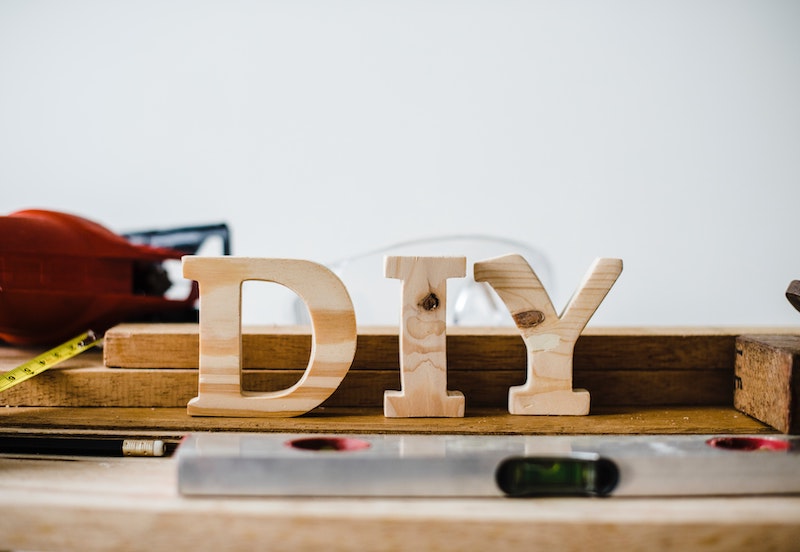
For lack of a better word, DIYing, as most of us have come to know it, is increasingly becoming a trending consumer behavior. There are so many reasons as to why most people opt to DIY than seeking a professional hand or opinion. First, if we would consider the time it takes to pull off a particular DIY task, it can be way too much, well considering the learning process. But, most DIY tasks fit into our busy schedules. Secondly, it’s good for your health. Last but not least is the fact that the long term pay-off cannot be compared to that of calling a professional plumber to fix your dripping sink. DIY saves you a lot. Let’s now take a look at 10 budget tips for DIYers.
1. Create a List
If you’re into DIY yet, it is important to note that creating a to-do list will allow you to prioritize your applications from the most important to the least important. This saves you a lot of money, in that you’ll not spend it on less important tasks. In addition to this, you may also need a checklist of tools required in order to complete the tasks. You’ll know what tools to buy and what tools to rent.
2. Estimate the Prices
For each item created on your to-do list, it’s important to include an estimated price of the things you intend to buy or tools you may need to rent. This will help you in making the right commitments. In case your budget isn’t enough, don’t hesitate to opt for a loan. There are a lot of companies that are willing to help. Check tips here. to know more about the loan that can help you big time.
3. Calculate Your Total Project Spend
After carefully estimating the cost of the items needed, calculate the total amount of money it will cost to complete the project. The cost estimate is what will authorize a project’s budget needs and also help you in managing the costs.
4. Estimate the Time
It’s very important to break down the DIY project into manageable chunks that are financially feasible. It will not only save you money but at the end of the day, it will help in managing time.
5. Sticking To the Plan
Even after a well thought and carefully written plan, most people find it hard to stick to a plan. In order to be frugal with your DIY spending, it’s important to stick the original plan.
6. Do Your Research
Before you create your DIY to-do list, it’s imperative that you research the particular project before you even start. Analyze it carefully to know the dos and don’ts. It’s also important to have a plan B just in case things don’t go your way. The internet is filled with thousands of practical DIY knowledge tips and it’s best to start using it.
7. Seek Help
There are different stores out there that will be willing to offer expert advice on how to carry out specific projects as well as in providing the best products to complete your tasks. This will help to avoid careless mistakes as well as additional costs of correcting the same mistakes.
8. Don’t Fix It, Replace It
After many years of fixing, it becomes evident that you are either spending too much time or a lot of money on fixing than it would take to replace. When it’s that bad, well, it may be time to replace.
9. Online Shopping
When shopping for items needed for your various projects, take advantage of the online shops. They are cheap and they’ll deliver to your doorstep. In addition to this, you may also benefit from coupons and discounts.
10. Do It Like a Pro
To avoid the usual mistakes, dress the part. This will motivate you into doing it like a professional. It will help you to accomplish a lot, saving you both time and money.
Most home improvement projects don’t come cheap. So does other maintenance tasks. However, these are investments that will help improve the overall value of whatever you’ll be working on.
